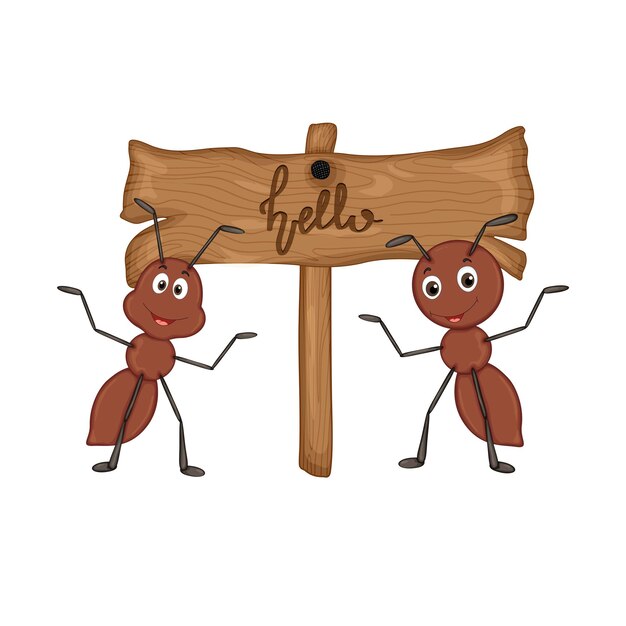Discovering Fascinating Facts about Ants

Ants can carry objects that are 50 times their own body weight.
Some ants can swim and live in water.
Ants communicate with each other using chemicals called pheromones.
Ants have two stomachs – one for their own food and one to share with other ants.
There are more than 12,000 known species of ants.
Ants have strong jaws that can bite and tear through food.
Queen ants can live for up to 30 years.
Ants have been around for over 100 million years.
Some ants can jump up to 100 times their own height.
Ants have built-in GPS systems, allowing them to navigate and find their way back to their nest.
Ants are incredibly organized and work together in colonies to achieve common goals.
Ants can recognize their own reflection in a mirror.
Ants have been known to form alliances with other insects for mutual benefit.
The total weight of all ants on Earth is roughly equal to the weight of all humans.
Certain species of ants can create a fungus farm within their nest, cultivating their own food.
Ants have the ability to change their roles within the colony based on the needs of the group.
Some species of ants have wings and can fly.
Ants have a sophisticated system of tunnels and chambers within their nests.
Ants have evolved to be able to live in nearly every habitat on Earth, except Antarctica.
Ants have been used in various medical studies, including cancer research.
Discovering Fascinating Facts about Ants part 2
Certain ants species exhibit loyalty towards their nest mates and will even sacrifice themselves to protect the colony.
Ants have been used in agriculture, as they can help control pests and improve soil health.
Ants are highly skillful at farming aphids and other small insects for their sweet secretions.
Ants have the ability to detect earthquakes and other natural disasters before they occur.
Some ants have developed specialized defenses against predators, including venomous stingers.
Ants have a highly developed sense of smell, which they use to find food and navigate their surroundings.
Ants have a complex social hierarchy, with different roles assigned to each member of the colony.
Ants have been used in robotics research, inspiring the development of swarm robots.
Certain species of ants have been known to take slaves from other ant colonies.
Ants have a lifespan ranging from a few weeks to several years, depending on the species.
Ants have been known to engage in wars with neighboring colonies, fighting for territory and resources.
Ants are important in the decomposition process, helping to break down dead plant and animal matter.
Ants have a unique way of navigating by counting their steps and memorizing landmarks.
Certain species of ants have the ability to spray formic acid as a defense mechanism.
Ants are capable of solving complex puzzles and mazes.
Ants have been studied for their ability to find the shortest route between multiple points, influencing transportation and logistics systems.
Ants can survive underwater for up to 24 hours by trapping air bubbles on their bodies.
Certain ants species can release pheromones to signal danger to other members of the colony.
Ants have been used in culinary dishes in certain cultures, adding a crunchy texture and unique flavor.
Ants have evolved to be highly resistant to certain pesticides and insecticides.
Ants are considered a delicacy in certain countries, where they are prepared and eaten as a snack.
Certain species of ants practice agriculture by growing crops of mushrooms within their nests.
Ants have been known to engage in tug-of-war battles with food items, trying to pull them towards their colony.
Ants have been observed using tools, such as leaves or pebbles, to help with tasks.
Ants have inspired numerous works of literature and art, symbolizing themes of diligence, cooperation, and organization.

